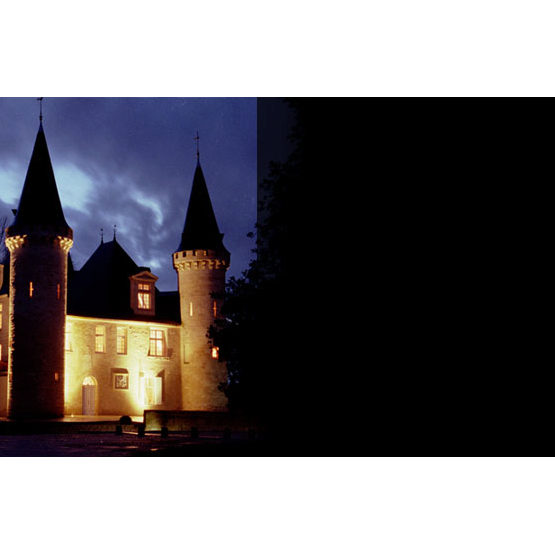
Ch D'agassac
Agassac first came to light in the 13th century, built on a marshy plain bordered by a stream, which runs through the estate to the edge of the grounds where a clump of pine trees grows. The original curtain wall of its façade was machicolated and crenellated, although these features disappeared during subsequent alterations.
In the 16th century, the château was the subject of a “renaissance” and two additions in the shape of its new defensive towers, built to stand out beyond the existing wall line… although only one remains today. It has been turned into a reception area and shop for visitors. The current shape of the building dates back to this time, when it was surrounded by moats, flanked by four towers and had conical roofs, wide doorways, mullioned windows and cruciform murder holes.
The romantic 19th century also left its mark on the former feudal domain. With time, a stone bridge replaced the old drawbridge. Having crossed the wide moat, you sense that you are separated from the world, on the threshold of a castle with very fine rooms, a stone spiral staircase, medieval-Renaissance fireplaces, rare tapestries, salons in towers and exposed beams under the roof.
The 20th century was drawing to a close when the estate was acquired by the insurance company Groupama. In good viticultural tradition, the vineyard and winery areas were the first to be modernised. With a past history of biding its time, the château was renovated later and has now been restored to its former glory.
It is quite simply one of the most fairytale properties in the Médoc area ; a strange kind of bird is perhaps how some would put it, with its artificial lake, teaming with a few rare species of fowl… trees in a picture-book setting - bald cypress, Lombardy poplars shaped into conical forms and weeping willow. Agassac is naturally full of plant life in a flat part of a meadow and in the vineyard, and the noble character of its castle is a reminder of the work carried out in the vines.
- http://www.agassac.com/spip.php?page=sommaire_uk
- Country:
- France